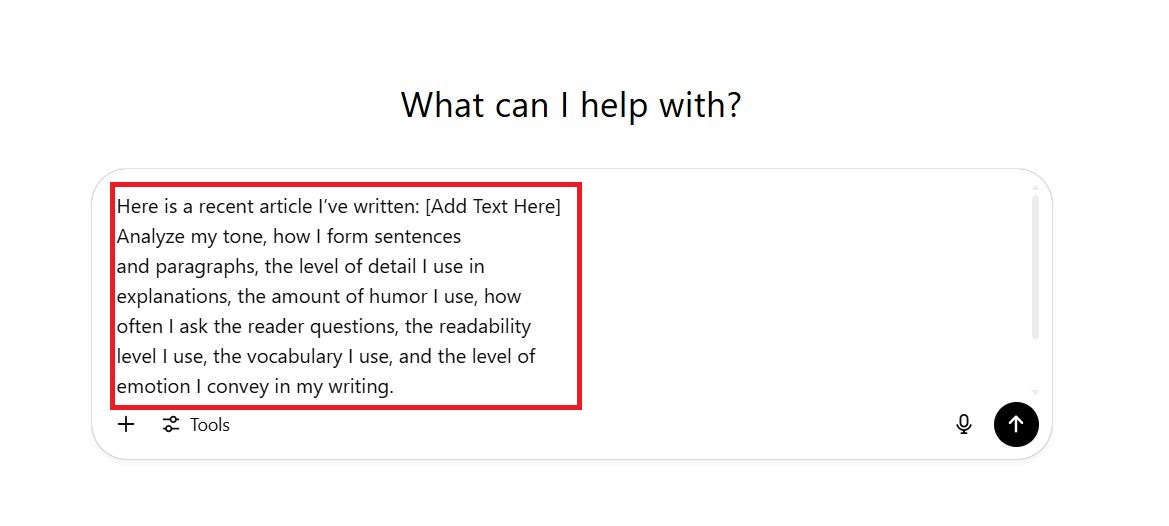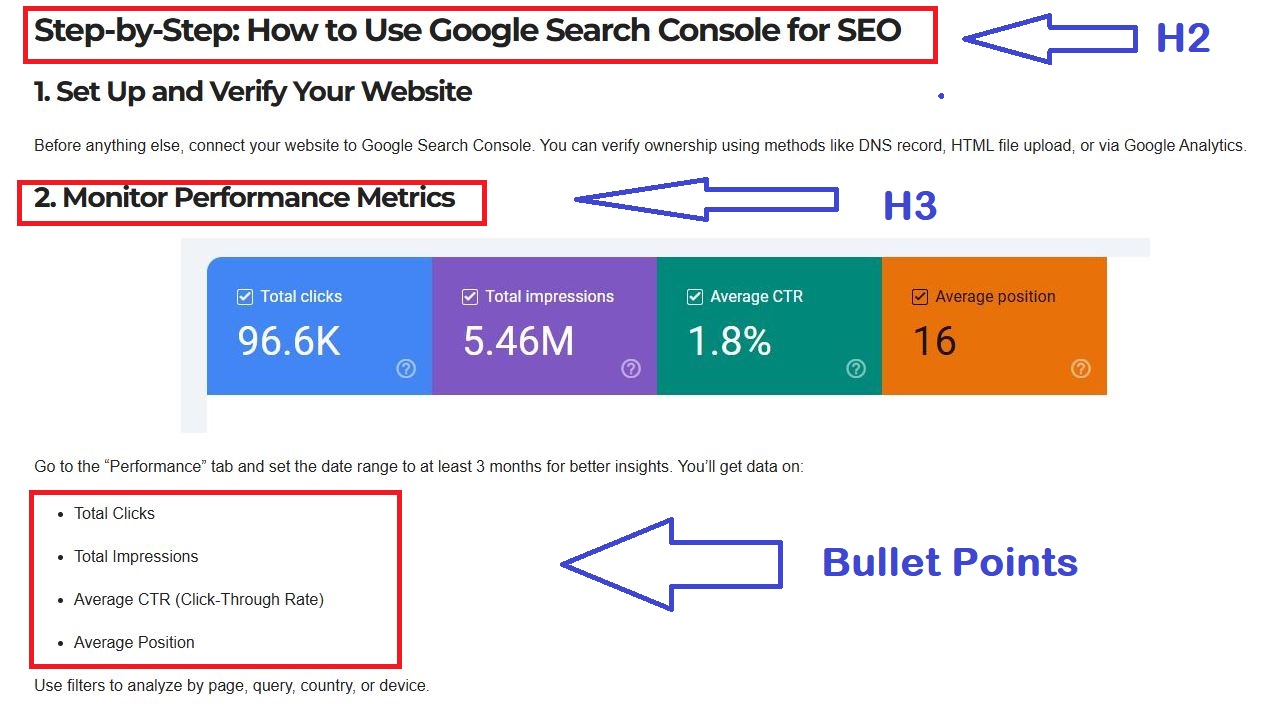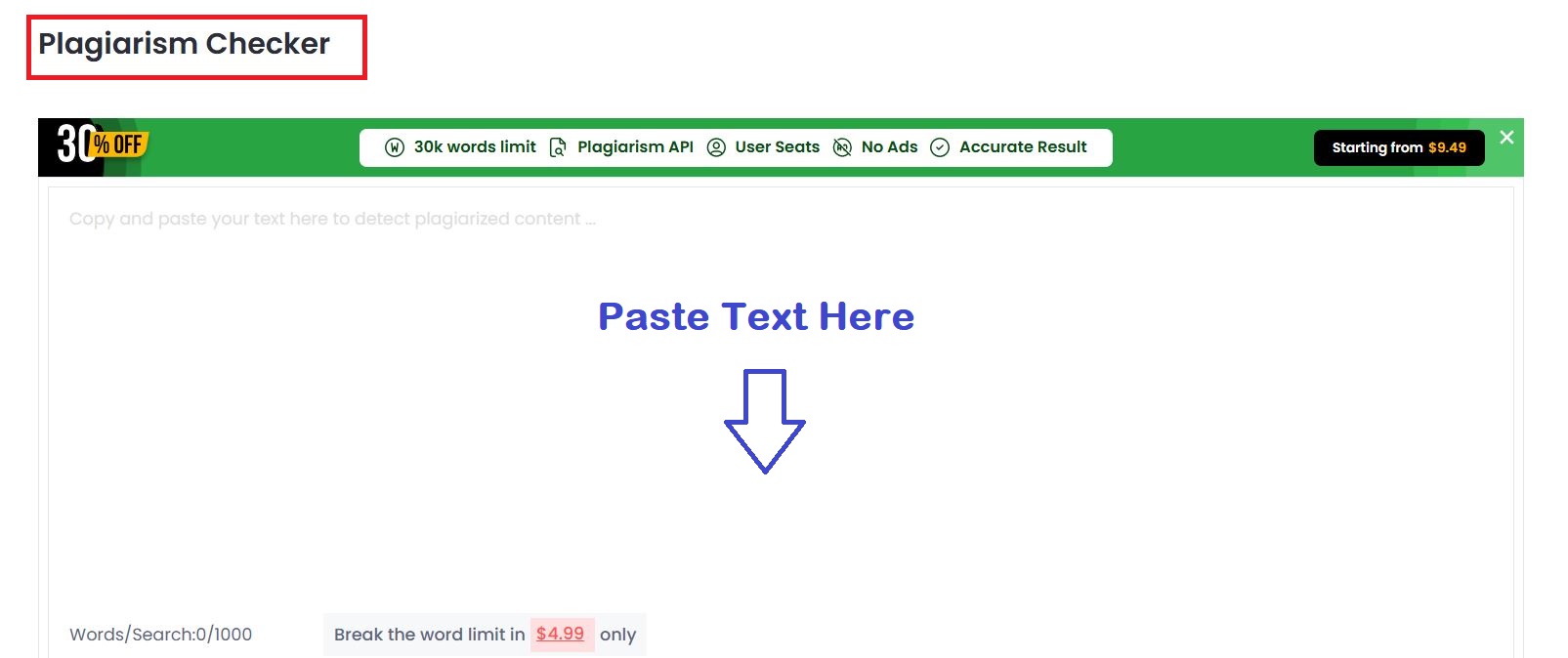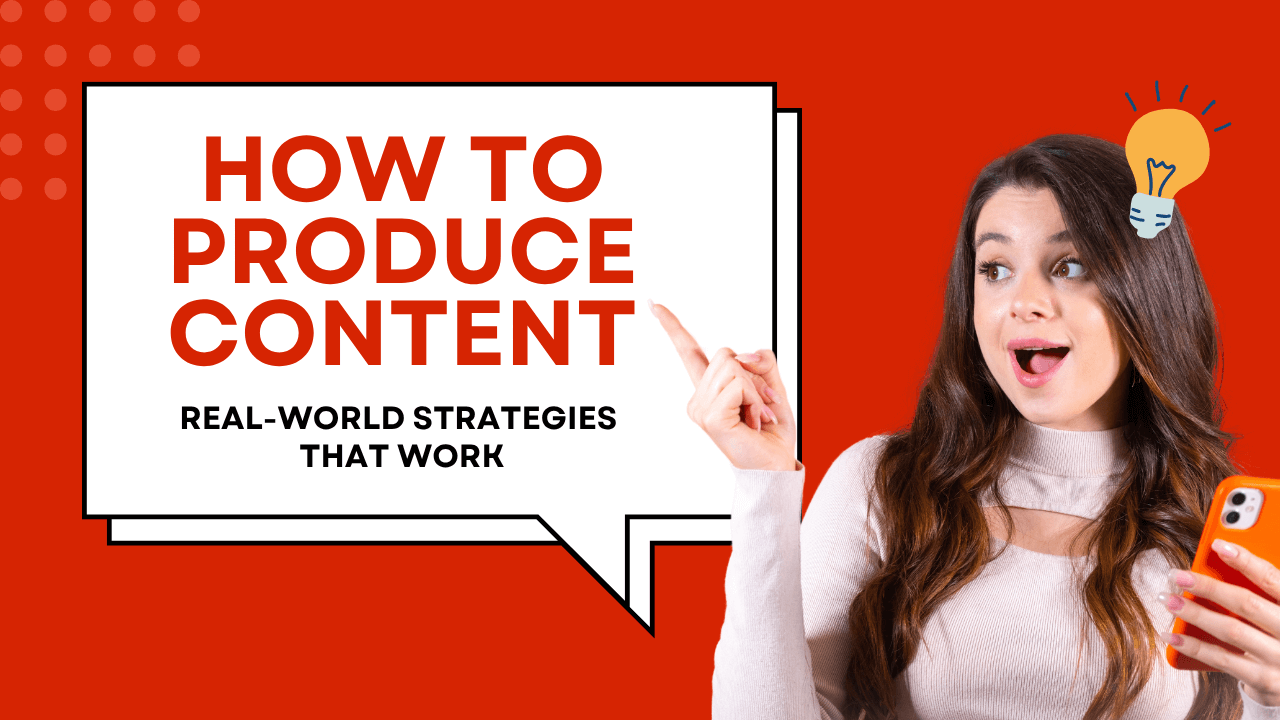I’ve been producing content for years, and while tools like ChatGPT make the process faster, they don’t replace human creativity or strategy. This guide is based on my personal experience using the free version of ChatGPT, how I trained it, and how I optimized the content to meet Google’s EEAT guidelines. Let’s dive into how you can produce quality content consistently—even if you’re starting from scratch.
Train AI to Write Like You
Using ChatGPT isn’t about typing a prompt and publishing the result. I took time to train ChatGPT to mirror my tone, structure, and formatting. Here’s how:

Teach It Your Voice
I gave ChatGPT examples of my past writing and corrected its tone until it matched my style.
Avoid Unnatural Language
I ensured the AI avoided robotic words or phrases like “in today’s digital landscape.” Real people don’t talk like that, and it’s a red flag for both readers and Google.
Control Sentence Flow
I varied sentence and paragraph lengths—just like you see here—to improve rhythm and natural flow. This increases reader engagement.
Always Edit Before You Publish
Even after ChatGPT gives you a draft, never publish it without editing.
Humanize the Content
Read it aloud. If it doesn’t sound like something you’d say in a conversation, rewrite it.
Check for Fluff
AI sometimes includes generic or repetitive lines. Cut them out. Your audience wants value, not filler.
Add Personal Experience
Your personal examples build trust and EEAT credibility. I often include what worked (or failed) for me in SEO or content campaigns.
Follow Content Creation Best Practices
Here are the non-negotiables I follow for every article I publish on FrasatAli.com:
Know Your Audience
I tailor every piece for my target audience—mostly professionals aged 25–55 looking for SEO strategies that actually work.
Use Headings Wisely
Always structure content using H1 (once), H2s for main ideas, and H3s for subpoints. This helps both users and search engines.
Include Visuals and Formatting
Bullet points, tables, bold text, and short paragraphs make content scannable and readable. Google loves this. So do humans.
Ensure On-Page SEO Optimization

On-page SEO isn’t optional. Here’s what I do:
Use Keywords Naturally
I include my targeted keywords like “how to produce content” and “content creation best practices” in:
-
Title and meta tags
-
Introduction and conclusion
-
One or two subheadings
-
Body content (without stuffing)
Internal Linking

I always link to relevant pages within my site to help Google crawl more efficiently and increase time-on-site.
Alt Text for Images

Every image I upload includes descriptive alt text that aligns with the topic.
Make Content 100% Unique and Plagiarism-Free

I run every piece through plagiarism checkers. Even if I used AI to create a draft, the final version must be 100% unique.
Add Value With Real Insights
Fluffy content is everywhere. What makes your article stand out is real, actionable advice. Here’s what I aim for:
-
Step-by-step examples
-
Mistakes I made and what I learned
-
Screenshots or tool recommendations
Wrap-Up: Create Content That Works
If you’re still wondering how to create good content, remember this:
-
Train your tools, don’t let them run wild
-
Edit every word with your audience in mind
-
Follow the SEO structure without sounding robotic
-
Share personal experience—it builds trust
-
Always prioritize usefulness over word count
You’re not just producing content. You’re solving problems and earning trust.
FAQs
How do I produce content that ranks on Google?
Start by understanding your audience’s intent. Use proper keyword placement, structure with H1-H3 tags, and provide real value through experience-based writing.
Is AI-generated content good for SEO?
Only if edited by a human. AI can assist, but unedited content often lacks EEAT and user relevance—both are critical for rankings.
What are content creation best practices in 2025?
Follow EEAT guidelines, humanize AI drafts, optimize with on-page SEO (headings, keywords, internal links), and deliver clear, useful content.
Frasat Ali is a seasoned SEO Manager with over a decade of experience helping websites improve visibility through ethical, data-backed strategies. He shares actionable SEO insights grounded in real-world success. Read More
![]()
